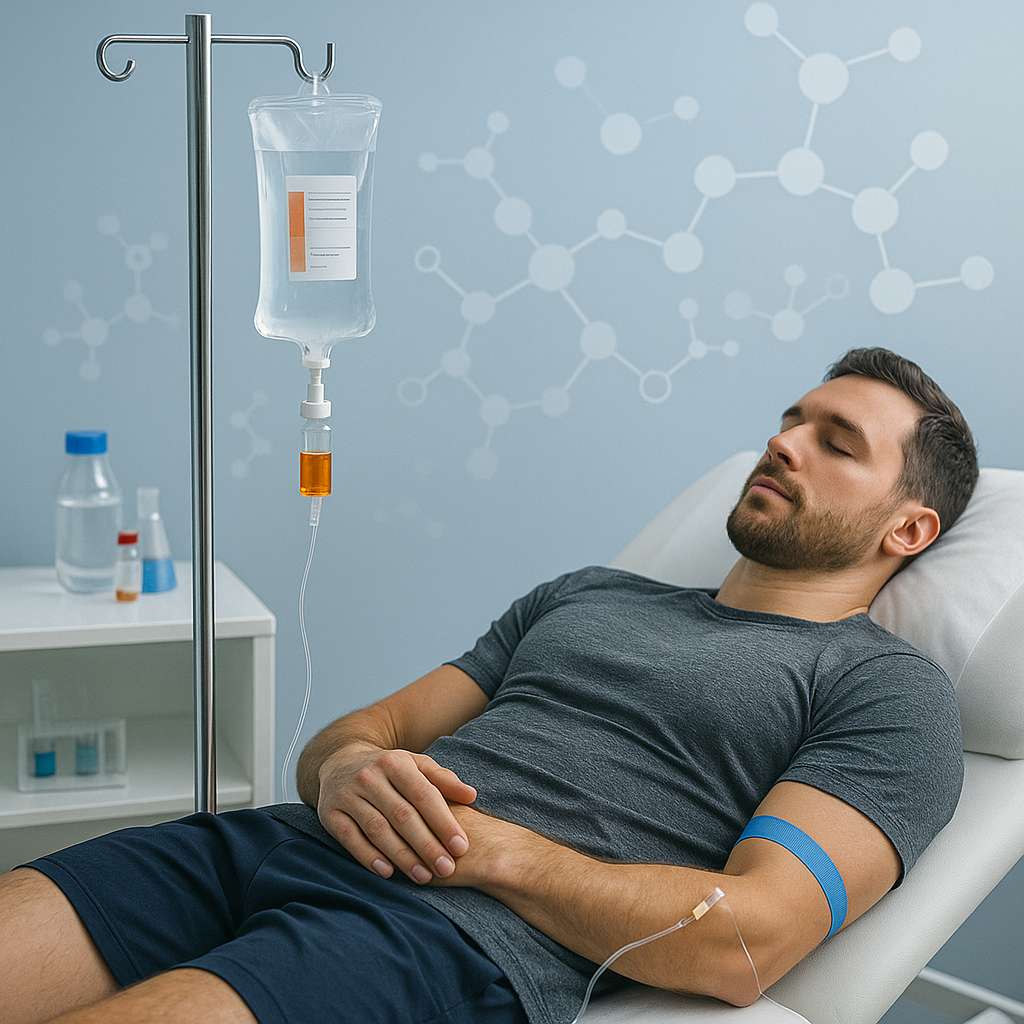Peptide-Assisted Recovery
Small signals, used carefully, to support bigger goals

What it is Peptide-Assisted Recovery?
Peptides are tiny protein fragments your body naturally uses to pass messages between cells (think: “do more of this,” “dial that down,” “repair here”). In a clinical context, selected peptides can reinforce signals you already want—better sleep architecture, calmer inflammatory tone, or support for tissue remodeling—without the blunt force of heavy medications.
Signal amplification, not replacement
You still need the load (exercise) and the plan. Peptides can amplify your body’s “yes, repair” signals so effort translates into progress more reliably.
System support, not spot treatment
Many useful effects are whole-system—sleep quality, stress resilience, and day-to-day recovery—so your tendon, joint, and nervous system keep pace with training.
Time-boxed, measurable
Effects are typically subtle and cumulative over weeks. That’s why we set checkpoints and cut protocols that aren’t clearly earning their keep
They don’t regrow full-thickness cartilage, fuse a torn tendon, or let you out-train bad mechanics. If a structural fix is needed, we’ll say so—clearly.
Where peptide protocols may fit
Tendon/joint remodeling (adjunct): As background support while you follow a graded loading plan or pair with PRP/ESWT. The goal is to help tissues tolerate the program and keep you consistent.
Sleep & recovery quality: Many patients heal faster when sleep is deeper and more stable. Even small gains in sleep architecture can translate into less next-day pain and better training quality.
Metabolic support (select cases): When energy balance, weight management, or glycemic control hold you back, tightly monitored protocols may help the rest of your plan “stick.”
